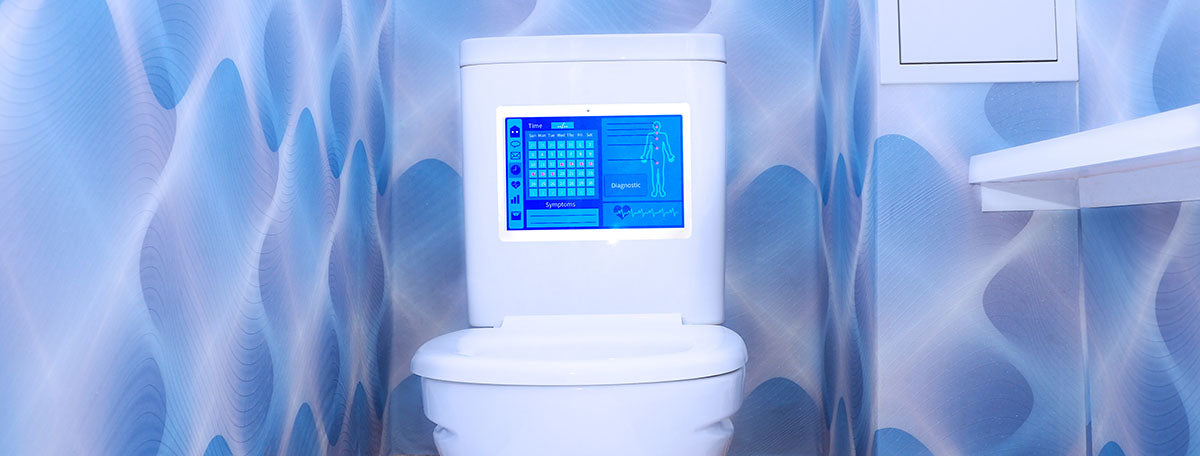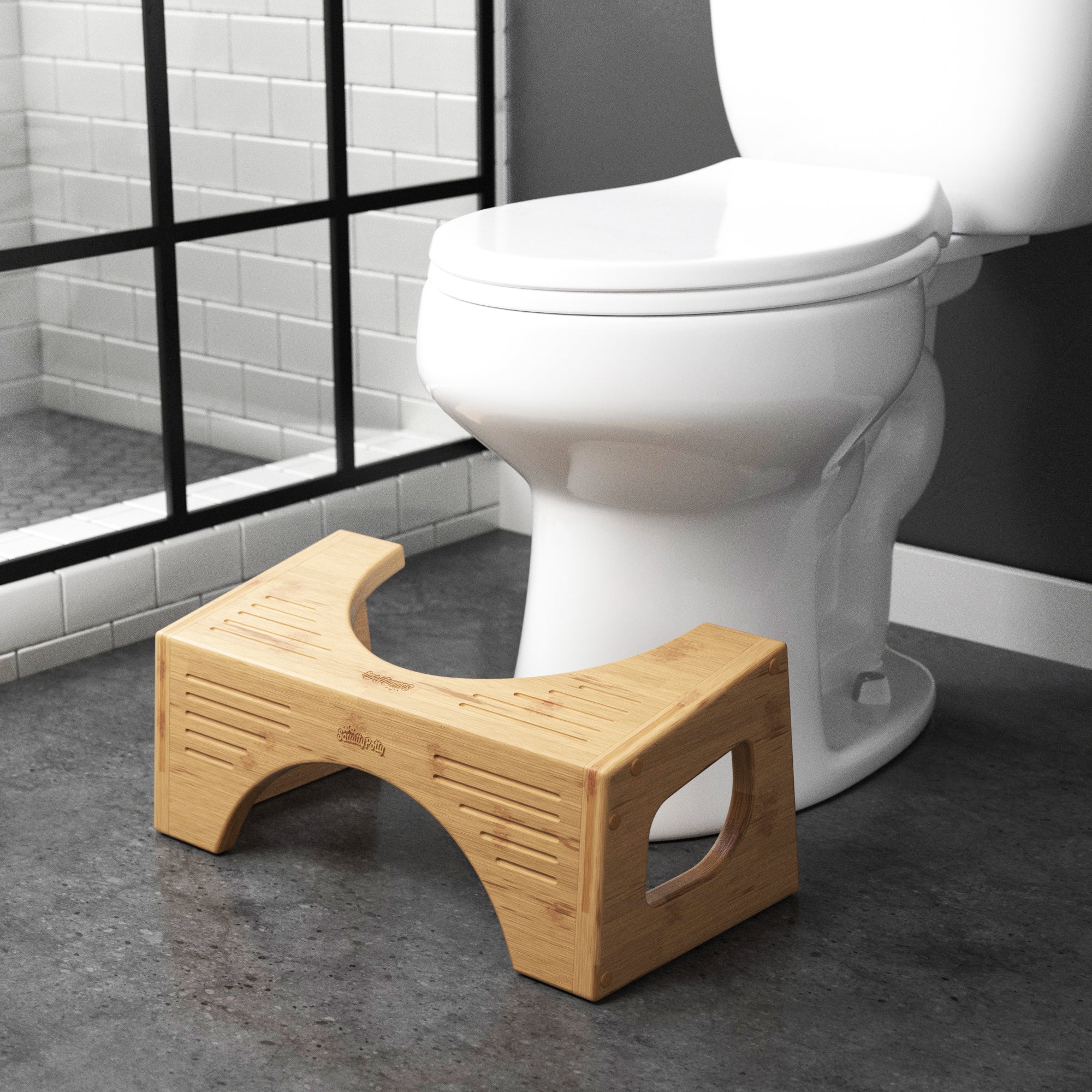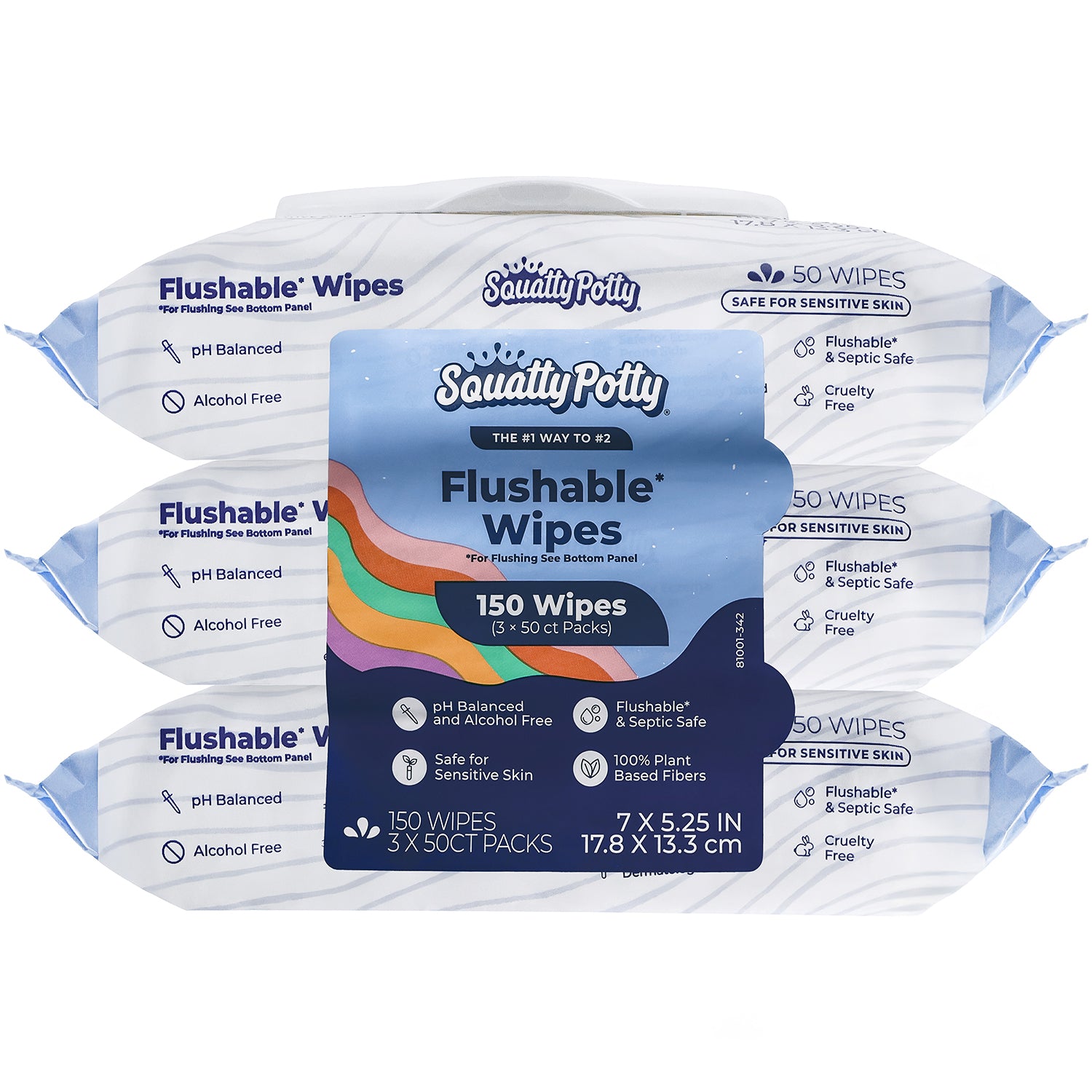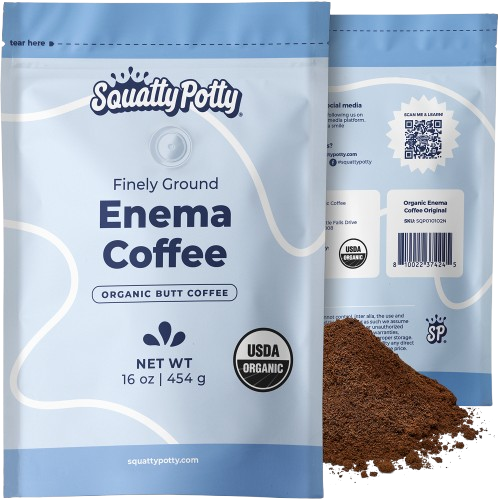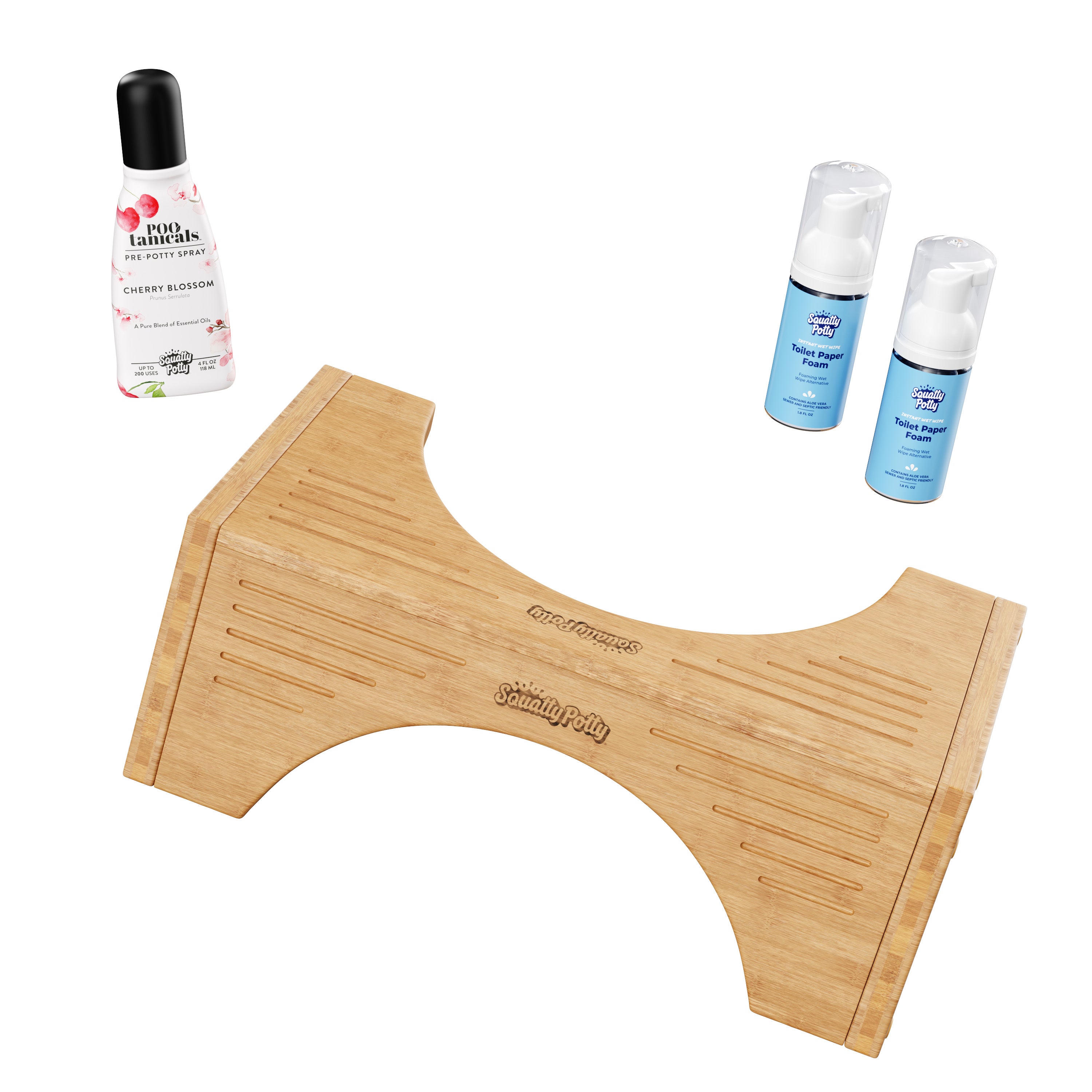Toilets have come a long way from the humble outhouse. For thousands of years, toilets were simple holes in the ground. In medieval times, toilets were often little more than a seat over a giant cesspit. During the 19th century, the first flush toilets were invented, which used water to flush waste into a sewer or septic system. Today, the toilet has evolved into a high-tech marvel that flushes waste, cleans, conserves water, and connects to the internet.
From updating our pooping posture and our toilets themselves, people are finding ways to improve the bathroom experience. So, pull up a stool as we dive into the world of toilets and discover how this essential aspect of our homes is evolving.
Here are just a few of the latest advancements in toilet technology and how these innovations can benefit your life.
Self-cleaning toilets
Self-cleaning toilets automatically clean and sanitize the bowl after each use. They use various methods to clean, such as UV light, special coatings, and automatic cleaning solutions.
UV-light toilets use a special ultraviolet light that kills germs and bacteria on contact. The UV light is located inside the toilet tank and is activated each time the toilet is flushed, sanitizing the bowl and keeping it clean without having to raise a finger.
Some innovative toilets have bowls with special coatings that prevent bacteria from sticking to the surface. These coatings are often made of silver or other metals to slow the growth of bacteria. These coatings help the toilet bowl stay cleaner for longer, even without frequent cleaning.
Additionally, some self-cleaning toilets come with built-in cleaning solutions that are automatically dispensed into the bowl after each use. These cleaning solutions remove stains and leave the bowl smelling clean.
Overall, self-cleaning toilets are designed to make cleaning and maintenance of the toilet easier. They reduce the need for frequent cleaning or scrubbing while keeping your bathroom sanitized. Self-cleaning toilets are relatively new in the market, but as technology advances and prices decrease, they are expected to become more popular.
Smart toilets

Like other smart devices around your home, smart toilets can connect to the internet and be controlled remotely through a smartphone app, a computer, or other home devices. Depending on the model, smart toilets can do everything from playing music to analyzing your urine.
Most can be controlled with a smartphone app or remote control, allowing you to adjust the seat's temperature, the strength of the flush, and even the lighting in your bathroom. Most smart toilets can be integrated with other smart home devices, allowing you to control your toilet using voice commands.
Smart toilets can also send you alerts when they need to be cleaned or serviced. Some can even track your usage and provide valuable data on your bathroom habits, which can be especially useful for people with health conditions that affect their bathroom habits.
Some smart toilets even have built-in bidets or air dryers, making them more comfortable and convenient. Bidets use a gentle stream of water to rinse excess fecal matter from your behind. According to science, spraying your tush with a fresh blast of clean water is twice as effective at cleaning your butt compared to toilet paper. If you're not in the market for a smart toilet, bidets like the Refresh-It Dual Stream Bidet are surprisingly easy to use, afford, and install.
Smart toilets are designed to make your bathroom experience more comfortable, convenient, and personalized.
Eco-friendly toilets
Modern toilets are better for the environment in several ways. New toilets use significantly less water than older models, which can save you money on your water bill and help reduce your environmental impact. Older toilets typically use 3.5 gallons or more per flush, while modern toilets use just 1.28 gallons or less per flush.
Modern toilets also have more efficient flush systems. Some toilets use pressure-assisted flushing, which uses the pressure in your home's water supply to provide a more powerful flush using less water. Some toilets even have dual flush systems, which allow you to choose between a full flush for solid waste and a reduced flush for liquid waste.
Some modern toilets use greywater, which is the water that goes down the sink, shower, or bathtub. This greywater is filtered, treated, and reused to flush the toilet, reducing the amount of freshwater needed to remove waste.
Some toilet manufacturers have even started to develop toilets that use alternative flushing technologies, such as vacuum or air pressure systems, which can flush the toilet using significantly less water than traditional toilets.
What will toilets look like in the future?
Scientists are working on toilets that use bioprocessing and heat treatment to kill pathogens and make solids safe for the environment. They are also working on sustainable systems that will remove and recycle the water from the poop through filtration. In these systems, solid waste will be dried and turned into ash. These ashes can be sprinkled into the soil as fertilizer, leaving no part of our waste to waste.
The final turd
Toilet technology is advancing at a rapid pace. Soon your toilet will be able to connect to the internet, analyze your waste, and clean itself. Much like the Squatty Potty, these advancements are designed to make your bathroom experience more satisfying and comfortable.


